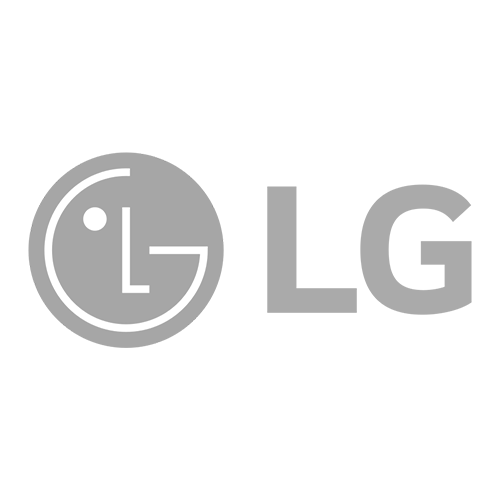The Big Four carriers (Verizon Wireless, AT&T, Sprint, and T-Mobile) have been promoting very enticing offers to attract customers to sign up with them. These deals sound very irresistible, especially when the carriers are running a ‘buy one, get one free’ deal, like AT&T’s 2-for-1 promotion on the Samsung Galaxy S6 series and the iPhone 6s.
But do these deals really save you money in the long run? Let’s say you bought the iPhone 6s on AT&T’s Next 24 plan. You’re eligible to get a free iPhone 6s (valued at $650) BUT you need to add the free iPhone under a postpaid plan and you’ll be paying off the two iPhones for the next 30 months. With the second line of service, you’re now paying at least $45 per month extra for a new data plan and line access fee.
What happens if you cancel the plan before the contract ends? You have to pay the full balance for the phone. And if you upgrade at 24 months on Next, AT&T will ask you to return the ‘free’ iPhone before you can upgrade.
Overall, ‘free’ is not always what it seems because you still have to pay for the second line of service plus taxes and surcharges. There’s the activation or upgrade fee ($30 to $40 per device), and a restocking fee (usually $30 to $40) if you return the unused phone within the initial exchange period.
Bring Your Own Phone (BYOP): How Does It Work?
If your two-year contract with your carrier has already ended, you are now free to shop around for better services and prices with another compatible carrier. AT&T and T-Mobile operate GSM networks so they’re compatible carriers, while Sprint and Verizon are on CDMA.
How do you switch to another carrier? If you have a post-contract phone, you can request your carrier to unlock your device so you can bring your unlocked phone over to a compatible carrier for a contract-free plan. You can also purchase pre-owned smartphones from reputable stores like iCare Phone Repair.
Why is BYOP Better?
Unlocked, no-contract phones gives you freedom to choose a carrier with the plan that suits you best. If you find a better deal elsewhere, you can easily switch to another carrier without paying early termination fees (ETF).
Contract phones allow you to trade in your phone early and get an upgrade. But think about the resale value of your phone. An iPhone 6s in great condition can still net you around $300, and you don’t have to enter another two-year contract with your carrier.
Subsidized phones under two-year contracts sound like a great deal. You can buy a $650 iPhone 6s for a subsidized price of $199, for example. But the cost of the phone is added into your monthly fee, so after two years, you end up paying full price (or even more) for the device. And think about the activation fees on top of the cost of the phone.
BYOP Mobile Plans
Besides the Big Four, there’s a lot of choices out there that offer no-contract services. Just bring your own phone and have them activated. Here’s a breakdown of the most popular carriers that allow BYOP.
[fusion_builder_container hundred_percent=”yes” overflow=”visible”][fusion_builder_row][fusion_builder_column type=”1_1″ background_position=”left top” background_color=”” border_size=”” border_color=”” border_style=”solid” spacing=”yes” background_image=”” background_repeat=”no-repeat” padding=”” margin_top=”0px” margin_bottom=”0px” class=”” id=”” animation_type=”” animation_speed=”0.3″ animation_direction=”left” hide_on_mobile=”no” center_content=”no” min_height=”none”][wpsm_comparison_table id=”2″ class=”center-table-align”][/fusion_builder_column][/fusion_builder_row][/fusion_builder_container]








